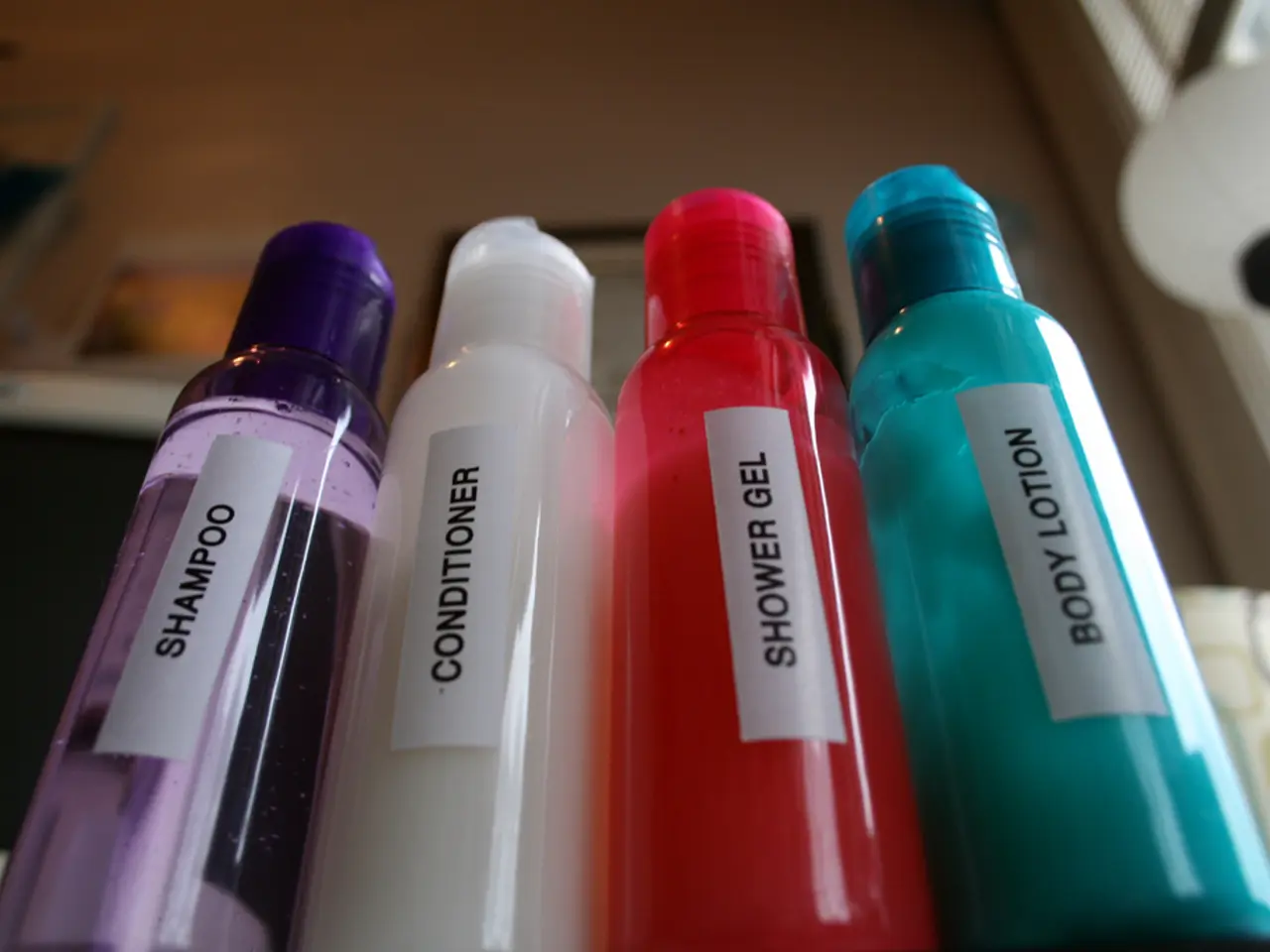Sunscreen Debate: Discerning Mineral and Chemical Sun Protection Options
Mineral vs. Chemical Sunscreens: Choosing the Right Protection for Your Skin
When it comes to sun protection, understanding the differences between mineral and chemical sunscreens can help you make an informed decision. These two types of sunscreens vary in their ingredients, mechanisms of action, application, and suitability for various skin types.
Active Ingredients
Mineral sunscreens primarily consist of zinc oxide and titanium dioxide, which act as physical mineral blockers. On the other hand, chemical sunscreens contain synthetic organic compounds like oxybenzone, avobenzone, octisalate, octocrylene, homosalate, and octinoxate.
Mechanism of Action
Mineral sunscreens form a physical barrier on the skin's surface, reflecting and scattering UV rays away from the skin. In contrast, chemical sunscreens absorb UV radiation, convert it into heat, and release it from the skin.
Application & Appearance
Mineral sunscreens are usually thicker and can leave a visible white cast, although newer formulations have improved blending and can be invisible. They start protecting immediately upon application, with no wait time needed. Chemical sunscreens, on the other hand, are generally lighter and clear or invisible on the skin, with little to no residue or stickiness. They require about 15–30 minutes after application to become effective and blend well under makeup.
Suitability for Skin Types
Mineral sunscreens are recommended for sensitive, acne-prone, and eczema-prone skin because they are gentler and less likely to cause irritation or stinging. They are also suitable for those concerned with environmental impact, as they are reef-safe. Mineral sunscreens may feel heavier, which some with oily skin find less desirable.
Chemical sunscreens are often preferred for oily or acne-prone skin due to their lightweight finish that won't contribute to build-up. They are less likely to leave a white cast, making them better suited for darker skin tones. However, they may irritate sensitive skin and can cause stinging or allergic reactions. Some ingredients, such as oxybenzone, have been linked to hormone disruption and coral reef damage.
Additional Considerations
- Mineral sunscreens start protecting the skin immediately, while chemical sunscreens need time (usually 15-30 minutes) to activate after application.
- Mineral sunscreens are considered more environmentally friendly because they avoid chemicals harmful to coral reefs.
- Both types can provide effective broad-spectrum protection if the product is properly formulated, but chemical sunscreens may require stabilizers to maintain UVA protection.
Choosing the Right Sunscreen for You
For optimal protection, understanding your skin type is crucial before choosing a sunscreen. Mineral sunscreens may be more comfortable for those with sensitive skin due to their gentle formulation and natural ingredients. If your activities make frequent reapplication necessary, consider a formula that is easier to reapply, such as chemical sunscreens.
Eco-conscious users may consider the environmental impact of their sunscreen choice. Mineral sunscreens are typically safer for marine life and coral reefs as they do not contain harmful chemicals. If you plan to spend long days outdoors, chemical sunscreens, which are water-resistant and can withstand sweating better than many mineral options, might be a better choice.
Ultimately, the choice between mineral and chemical sunscreens comes down to personal preference, skin type, and lifestyle. By understanding the key differences between these two types of sunscreens, you can make an informed decision that best suits your needs.
- Mineral sunscreens, which contain zinc oxide and titanium dioxygenide as primary ingredients, are often suitable for sensitive, acne-prone, and eczema-prone skin due to their gentler nature.
- Chemical sunscreens that utilize synthetic compounds like oxybenzone and avobenzone are typically preferred for oily or acne-prone skin due to their lightweight finish, but they may cause irritation for sensitive skin.
- For individuals who are cautious about their skincare routine's impact on health-and-wellness and the environment, mineral sunscreens are considered more eco-friendly as they are reef-safe and avoid chemicals harmful to coral reefs.
- To ensure broad-spectrum protection, one should pay attention to the formulation of both mineral and chemical sunscreens, as chemical sunscreens may require stabilizers to maintain UVA protection.
- To make an informed decision on sunscreen, consider factors such as personal preference, skin type, and lifestyle – for example, opting for mineral sunscreens for sensitive skin or choosing water-resistant chemical sunscreens for long days outdoors under the sun.




